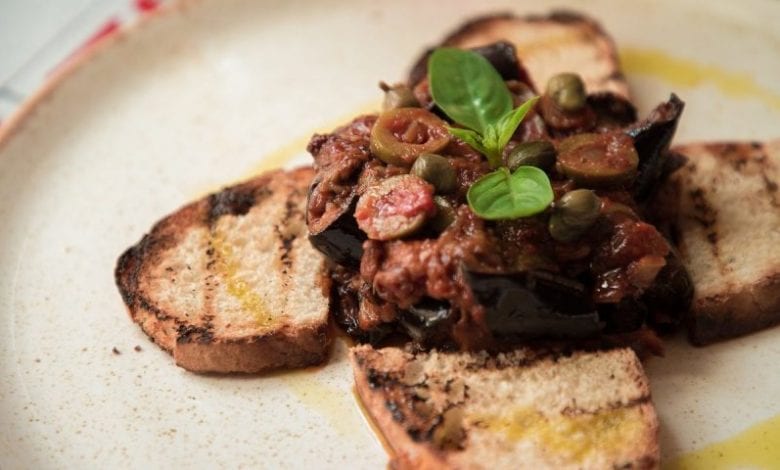Features
Italian restaurants are going regional

When I talk about Italian food and its origin, I find very difficult to define it, as Italian cuisine itself doesn’t exist. The proper definition is Italian Regional cuisine.
You'll need to
subscribe to unlock this content. Already subscribed? Login?











